
Does the idea of cold calling make you shudder?
There are so many opinions today about the relevancy of cold calling. And it’s true—you can’t cold call like you used to.
But is cold calling really dead? Or does your B2B cold calling strategy, like every other strategy, needs a revamp with the times?
Here are 5 surprising cold calling statistics that will convince you to keep reading and find out how you can strategically set yourself up for cold prospecting success.
Who prefers cold calling over other channels?

27% of sales teams for booking meetings (Cognism, 2021).

50% of decision-makers in professional services.

17% of marketers for new customer acquisition (Cognism, 2021).

54% of technology buyers.

40% of financial services buyers.
Across the industries, B2B cold calling is still very relevant.
In this article, we’ll break cold calling down into its basics and tell you how in 2024, you can easily do away with all the discomfort involved in the cold calling process using data-driven insights and a strategically created cold call list.
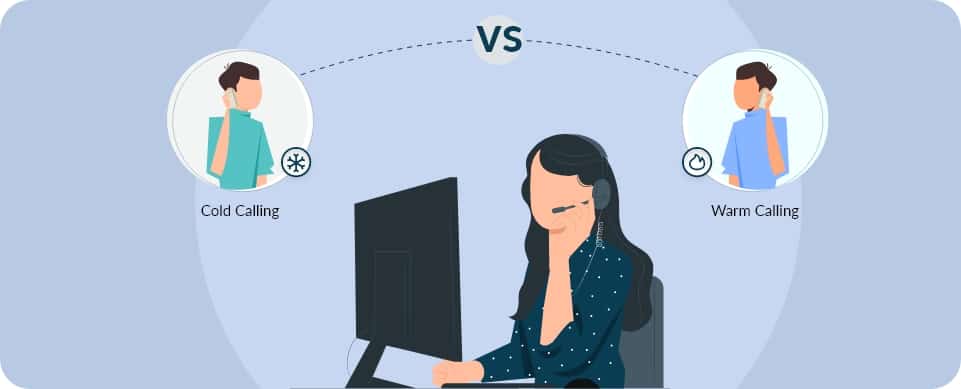
First, what makes cold calling and warm calling different?
Cold calling is when you reach out to a prospect without prior interaction. It’s an age-old sales method that remains in use for being cost-efficient.
A lot of it used to be guess work, recommendation and word-of-mouth back in the day. No one really knew who was going to answer the call. So, this method relied solely on persuasive push-marketing and first impressions.
No wonder that was daunting.
Warm calling, on the other hand, relies on selling to people you have interacted with before and who may have shown an interest to your products or services.
Warm calling has also been around for ages and leverages networking and rapport-building.
Today, these two approaches involve reaching out to cold leads or warm leads. In the age of data-driven marketing, the contexts in which these sales approaches are applied have changed enormously and continues to evolve.
Cold calling today involves an outbound sales team where each salesperson is responsible for a particular demographic, firmographic or regional segment.
Typically, an organisation will research and put lead magnets in place to create a database of cold prospects. The sales team then calls each prospect individually and qualifies them (known as sales qualified leads or SQLs).
Apart from direct sales, the goals of B2B cold calling can be:

Meetings booked
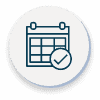
Appointments booked

Product demonstrations booked

Lead qualifying for databases
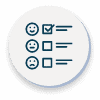
Feedback about own or competitor products

Data enrichment

Discovery calls

Referrals
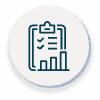
Surveys

Networking
Cold call lists are databases of potential customers who have not yet expressed interest in your product or service.
Cold call lists are not random. Cold call list building requires market research to identify different untapped segments and find verified and compliant contact data of leads through reliable sources.
No two leads are equal. Understanding where a particular lead is in the sales funnel is useful in tailoring your outreach just as you would do with warm leads.
Cold leads can also be categorized by source, engagement levels and lead scoring. Common types of cold leads include:

Prospects who fit your ICP but haven’t shown any specific interest in you. They are in the early stages of the sales funnel and require personalized incentive or value.

Leads who have visited your website, downloaded free content, or subscribed to your newsletter. They find your free content valuable but are not looking to purchase anything yet.

Contacts obtained through cold outreach efforts such as cold calling or cold email campaigns. Any leads obtained through these efforts may not have any previous contact with your business.

People who have filled out forms on your website but haven’t engaged further. This shows that their interest isn’t fully developed, and they are unsure.

People who followed your page or interacted with your content on social media sites with some frequency can be considered cold leads. They are suitable audiences for cold outreaching.

While referred leads have some familiarity with your product or services, they are considered cold leads until they have expressed an interest by contacting you.

Prospects who have requested demonstrations are important cold leads. They may either have a strong interest in purchasing or they may show some interest but require nurturing.

Any cold call list should contain:
This includes full name, phone number, email address, and social media links i.e. information that lets you connect directly with a prospect.
This includes job title, company, industry, company size, annual revenue, location, and other firmographic, demographic or technographic details.
This information should be supported by intent data, an important type of contextual information that can be captured using web analytics tools.
Intent data consists of insights into online activities and behavior. This includes indicators of interest or buying intent such as:
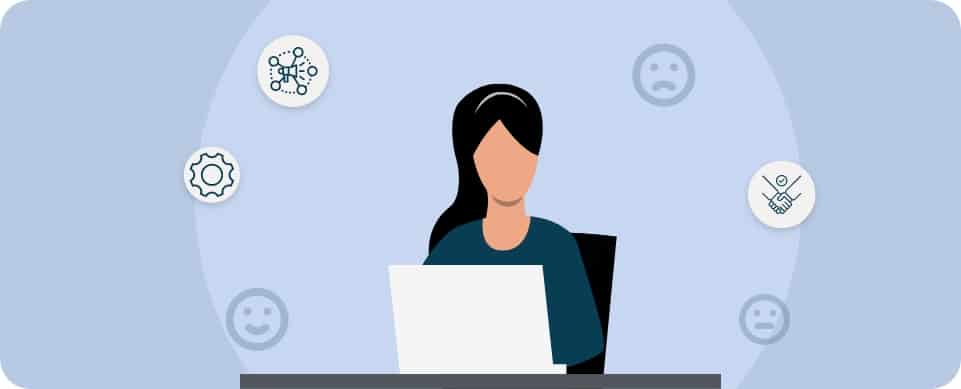
The popularity of digital marketing doesn’t exclude cold outreaching. In fact, it helps businesses create data-driven, targeted and personalized cold call lists.
Cold outreaching is a cost-efficient, direct and fast approach to identify leads and progress them through the sales funnel without any of the guesswork that other channels involve.
Here are 5 reasons why you shouldn’t give up on cold calling in an AI-driven world.

A cold call list lets you talk directly to B2B decision-makers. An outcome such as a discovery or demo call can be quickly achieved.

In a digital world, human interaction is an asset. Cold calling lets your team utilize emotional intelligence to solve problems one-on-one and build rapport.

In scenarios where sales processes are intricate or highly customized or where various stakeholders are involved, cold calling helps prospects navigate your business process.

Sales representatives can interact dynamically based on the prospect’s responses and context. Direct messaging, virtual agents and meetings, voice or video notes cannot achieve this.

Cold outreaching provides a direct and immediate feedback loop with qualitative insights about prospect’s pain points, preferences, competitor interactions, and more.
Let’s not forget the golden rule. You don’t talk to other businesses; you talk to other people. And people have something machines don’t: empathetic decision-making.
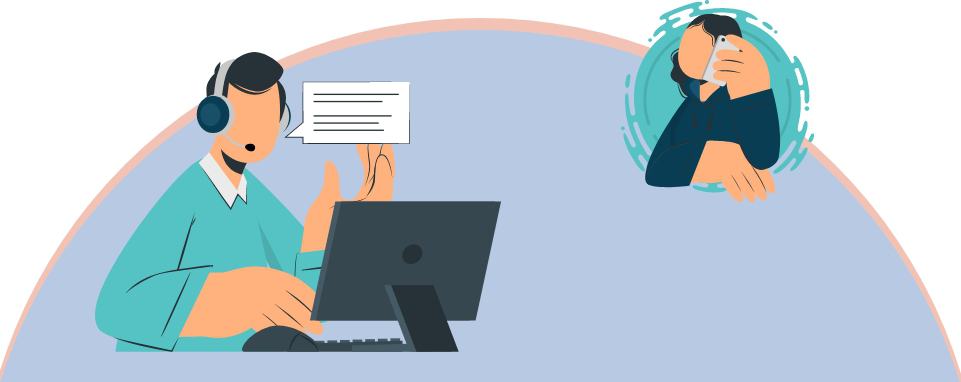

Research the market for your product or service and build several ideal customer profiles. Each customer profile should describe the characteristics of target audiences.
Ideal customer profiles are the first step to creating optimized B2B prospecting lists.
Gather data from reliable data sources. This can include industry publications, online business directories or reputable contact data providers.
Collecting data isn’t enough. Ensure that the data you have collected is accurate and compliant with data privacy regulations such as GDPR.


Build your dataset of cold leads. Your list should include data attributes like name, job title, company, industry, location, phone number, email address, and other contact and contextual information.
Do not make a single list. Divide your list by relevant criteria such as industry, specialty, department, location, or other factors for targeted outreach. Allocate different segments to different sales leaders.


Not all leads are equal. Prioritize high value leads and score your leads to determine priority.
What are high value leads? These are leads that fit your ideal customer profiles or leads that are most likely to convert.
To determine which cold leads are high value leads, select relevant criteria such as the quality of fit with your ICPs, intent signals, budget, industry, prior interest, etc.
Stale data damages your reputation, wastes your resources and reduces cold calling success.
Keep your lists current by updating the collected information. Enrich your existing leads, track your engagement for timely follow-ups. It is recommended to update your lists within no longer than 90 days.

ReachStream is an easy-to-use B2B list-building platform. It lets you build prospecting lists of 20+ contact and company insights in just 3 steps.
Start by creating your freemium account. Activate your account with the verification link sent to your email.
Sign in to your ReachStream account.
Select your ideal customer criteria using the contact and company filters on the left filter panel.

From the search results, select contact or company profiles to add to your cold call list. View their information by selecting the View Details icon.
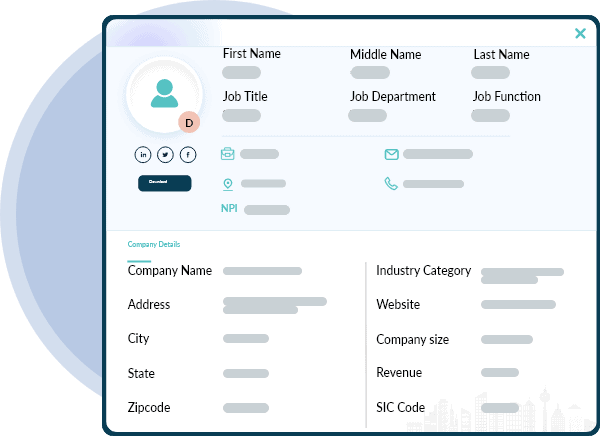
Each profile contains 20+ contact and company insights including:
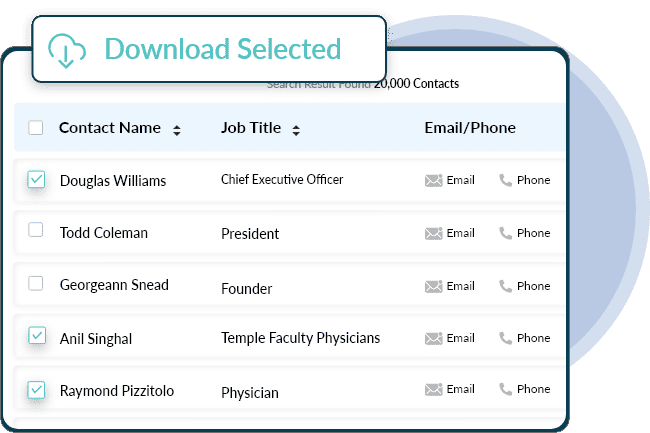
Go to View Selected Contacts to review your cold call list. Click on Download Selected to download your cold call list in an XLS file.
Import all 20+ data attributes to your existing databases or your CRM software.
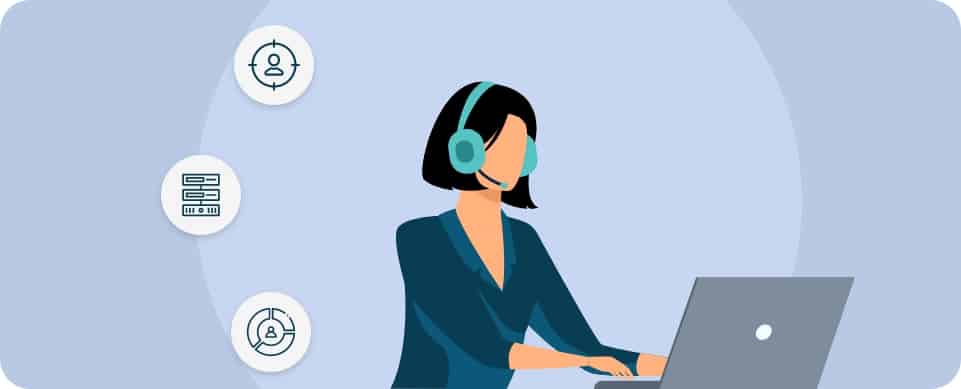
To build actionable cold call lists, make sure you’ve thoroughly researched your target audience. This process crucially involved building ideal customer profiles to identify the type of prospects you want to attract.
Neglecting research will lead to a poor list with poor outcomes. The contacts on your list are unlikely to be interested in your business. Poor list-building strategies can also damage your caller or sender reputation.
If there’s one mistake you must avoid above all others, it’s noncompliance. When curating and contacting your cold call leads, not complying with global data protection regulations such as GDPR can lead to legal consequences and damage your reputation.
Obtain necessary permissions to contact individuals on your list (known as opt-in consent) and make sure your list-building practices are compliant and transparent with relevant global and local privacy laws.
Cold calling is hard. You don’t want to go into it unprepared. Especially without knowing who you’re talking to.
Cold call lists are most effective when they’re personalized. A one-size-fits all script is a surefire way to waste your list’s potential.
Once you’ve created your cold call list, segment it further using criteria such as firmographic, technographic or regional data. Use relevant criteria to segment your list and create personalized cold call scripts for each segment.
It doesn’t matter if you have a quality cold call database with lots of data on the different channels you can reach your prospect in.
B2B contact data decays at the rate of 2.1% a month (around 22.5% a year). If you want to maintain accurate data of your prospects throughout the sales funnel, including follow-ups, purchase and post-purchase follow-ups, you need to make sure your list is updated regularly.
Updating your list includes enriching your list with missing information, replacing old data with new contact information, and verifying this information to maintain an accurate and verified database.
In addition to cold call lists, you should also maintain follow-up lists. Use a systematic approach to build your follow-up lists, such as by lead scoring.
Make use of your CRM or other tools to establish a workflow and track your engagement with your cold call leads. After the call, schedule follow-ups or segment the list further to prioritize some leads over others.
Research the right follow-up approach for your industry. The general rule is to follow up within 24 hours of your first sales call. Then follow up weekly for a response. Once you’ve received a positive response, follow up every 10 to 14 days for a final decision.
It’s important that you follow up through preferred platforms and not just over a call to avoid fatiguing your prospects.
Use cold calling metrics to measure the effectiveness of your cold calling campaign. Analyze what’s working well and what isn’t. Go back to what’s not working well and make changes. Track your cold calling again and repeat the process. Use a cold calling metrics template to track your data and measure progress.
Freemium is ReachStream’s free monthly plan. It offers 100 profile views and 25 downloads which are renewable every month. There is no trial period and no credit card details required to subscribe.
Apart from views and download credits, Freemium offers all the benefits of the premium plan. This includes free contact updates and advanced API access for developers. See plans and pricing.
Here’s an example cold call script you can always use when in doubt:
Hello [Name], this [Your Name] from [company]. I hope I’ve found you well. (Pause) Do you have a minute? (Pause) Great! I saw that you [describe where you found them – form? Enquiry?]. We’re a [describe company in 1 sentence] that has benefited businesses like yours. I’m calling to see if I might be able to assist you with your need for [product/service].
You may leave a compelling voicemail when recipients aren’t available. Keep it clear, concise and communicate the value early on to improve the likelihood of your prospect returning your call. Additionally, you can make a short pitch about why you’re calling and ask your prospect for a preferred channel of communication.
The best time to make a cold call according to multiple studies is between 10 AM to 12 PM and between 4 PM to 6 PM. However, this time may vary by industry so do your research before making your first cold call.
You can get numbers for cold calling from reputable data providers. However, if you want to source this data yourself, you can collect numbers from networking events and conferences, social media platforms like LinkedIn, company websites, business directories, referrals from employees, or use web scraping tools to obtain this data from the web.
You can buy a cold call list from various data providers online. Several email and phone list providers take your data requirements to build you a custom cold call list. These lists, however, cannot guarantee a 100% accuracy and fit with your ideal customer profile. It’s always better to pick the contacts you like to build a cold call list yourself.
Pitch Your Idea To Your Ideal Customers Today

